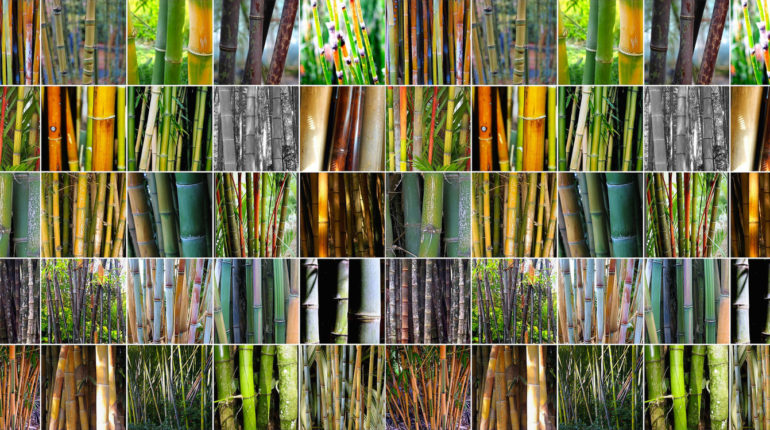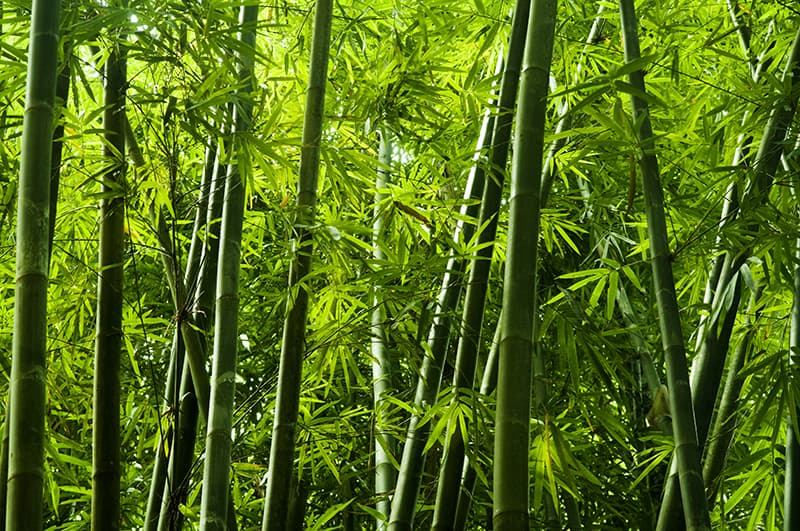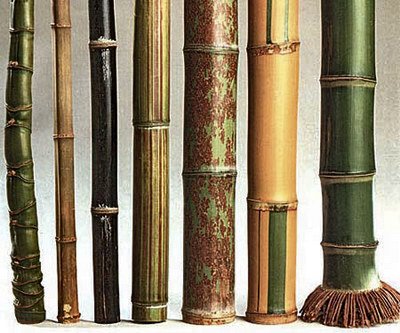Bamboo is one of the most sought after plants to create fantastic decorations in any type of garden. This adapts to the most traditional and exotic designs, and while some have a somewhat slow growth process, some varieties of bamboo can be planted easily so we can see them grow.
The different types of bamboo have something in common and they all work well when it comes to creating plant walls or structures that they use as a structure.
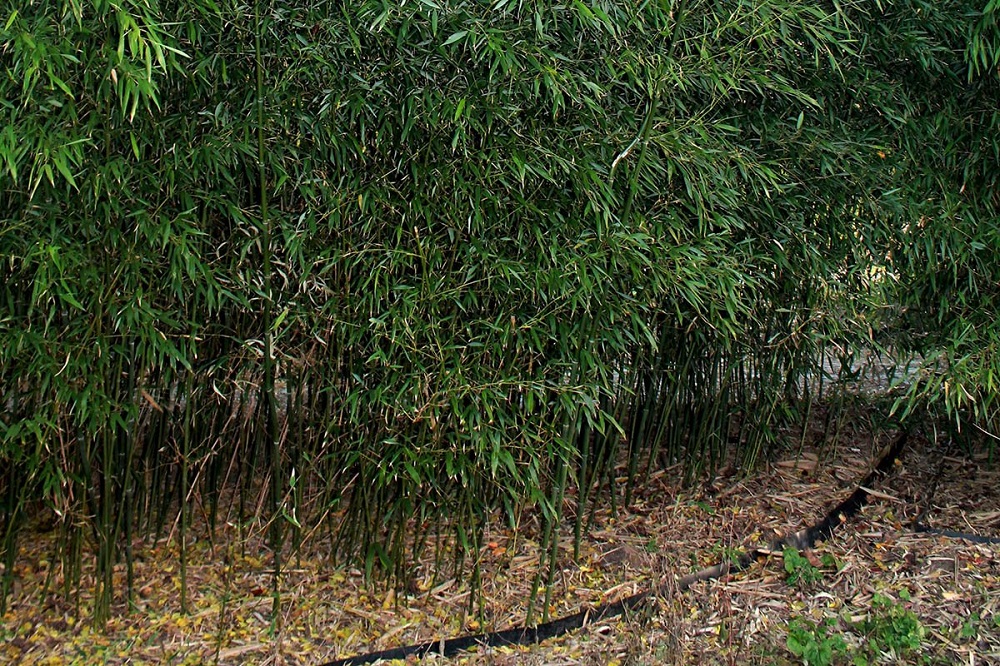
Image source: Bamboo plants HQ
Gardeners and fans generally believe that it is very difficult to grow this plant, so they do not want to try to plant it. Another reason why bamboo is a plant that is so hated by some is that, if not controlled, its rapid spread can make it a serious problem.
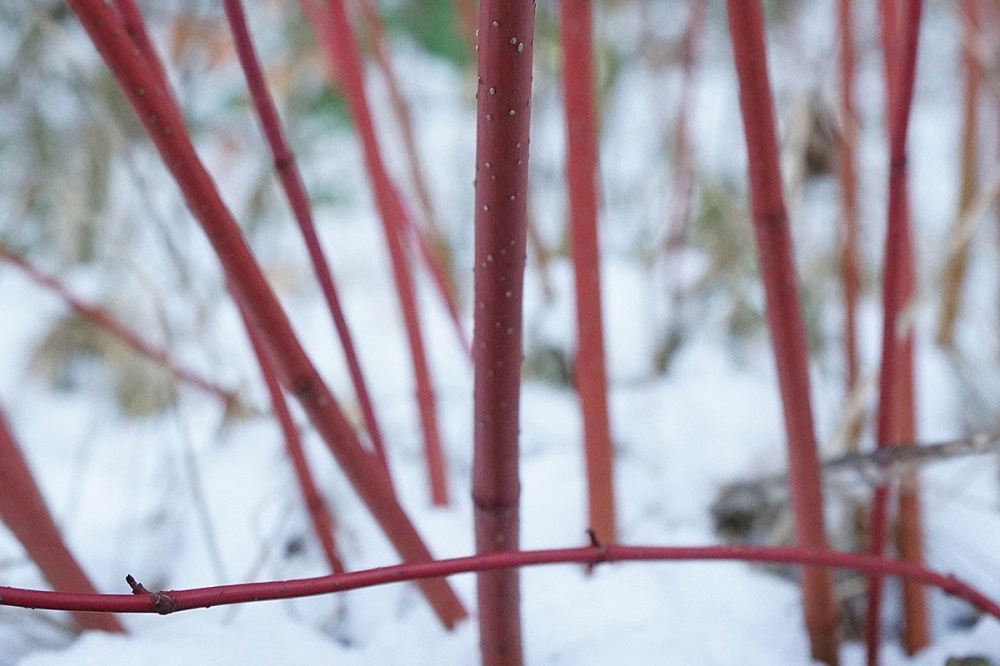
Image source: Bamboo plants HQ
So it is good to learn about the types of bamboo available so that we can sow them without fear. Read on to find out which types of bamboo are in perfect condition.
Key features of bamboo
Scientifically, it’s an herb
Although its trunk gives the impression that it is a kind of tree, the truth is that bamboo is classified in the grass family.
Due to the great biodiversity, we can find them almost anywhere in the world, except in Europe. The largest exporters are currently China, Japan and South and Central America.
The most remarkable physical properties include narrow stems of variable length and protruding leaves from different parts of the stem. Although each species has unique properties, such as the shape of the leaves, the height of the stem and the color.
Options for every taste
Scientific reports suggest that there are more than 1,450 unique types of bamboo worldwide. Part of this variety is due to a large number of places where it can sprout.
It is a misconception to believe that bamboo only occurs in Asia. Although this continent is widely known thanks to it (not only is it the favorite food of the pandas), we can also find large harvests in the southern United States, Chile, Madagascar, Australia, Mexico and in general in every country with warm weather and sufficient humidity .
If you see a photo with bamboo in a color that is not green, you can be sure that it has not been edited because bamboo is available in exotic colors such as blue, black, red or yellow.
We can see how it grows in a life
With this very ambiguous title we mean that there are bamboo varieties whose sprouts can grow quickly. Some sprouts even grow at a rate of one meter a day.
In most cases, bamboo is a low-care plant that extracts all the necessary minerals exclusively from water (unlike flowers, bamboo cut in water can live normally).
They serve as an appetizer
The young bamboo shoot is perfect as food. This is often eaten in Asia. Your harvest is over when you have barely seen anything on the surface and are no more than a foot high.
However, we need to be careful with the types we will ingest, as not all of them can be used for cooking immediately, as they can contain cyanide. In these cases, you need to boil and leach it first, so it is better to have it cooked by an expert.
If you visit Asia, you will find that bamboo is practically used as a spice in a variety of savory dishes.
Recognize the different types of bamboo
The differences between types of bamboo that go beyond the aesthetic part in terms of colors and shapes of the leaves mainly focus on the branching of the roots. In the case of bamboo, its rhizome (a horizontal root that is sub-branched) can be represented with a leptomorph or pachymorph system, depending on the function it will perform.
– Pachymorphic bamboo: Also known as lump bamboo, grows from a large central root so that each sprout is held together and is easier to control. In addition to maintaining central growth, it has the advantage that we do not have to sow other sprouts as it is responsible for the expansion itself. This is the ideal type for our garden as it is not intrusive and we can take care of it with minimal care.
– Leptomorphic Bamboo: Colloquially known as walking bamboo, it is the system that gardeners try to avoid due to its rapid expansion. Outbreaks cannot be controlled and cover up to 15 feet in diameter annually from their origin. As with clumping bamboo, the rhizome produces many stems from them. They can still be used in the garden, but we have to remove the roots from time to time so that they don’t expand.
The best alternatives for our garden
Among the 1,000 or 2,000 types of bamboo, below you will find a list of the most common options that adapt perfectly to our garden.
Phyllostachys aureosulcata spectabilis
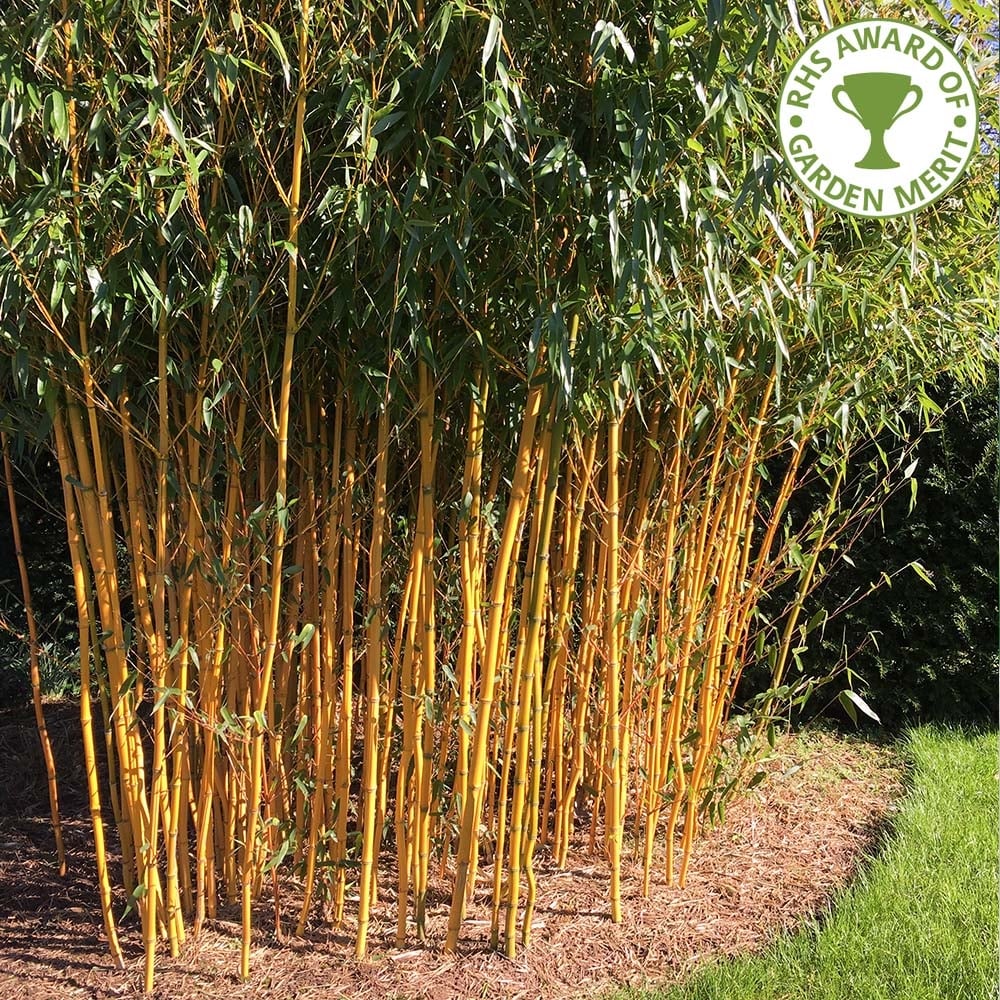
Image source: Ornamental trees
This species has a yellow stem with green stripes in the grooves. The leaves are at the top and are yellowish. This bamboo is ideal for cold environments and very tough so that it can bend without breaking.
Guadua
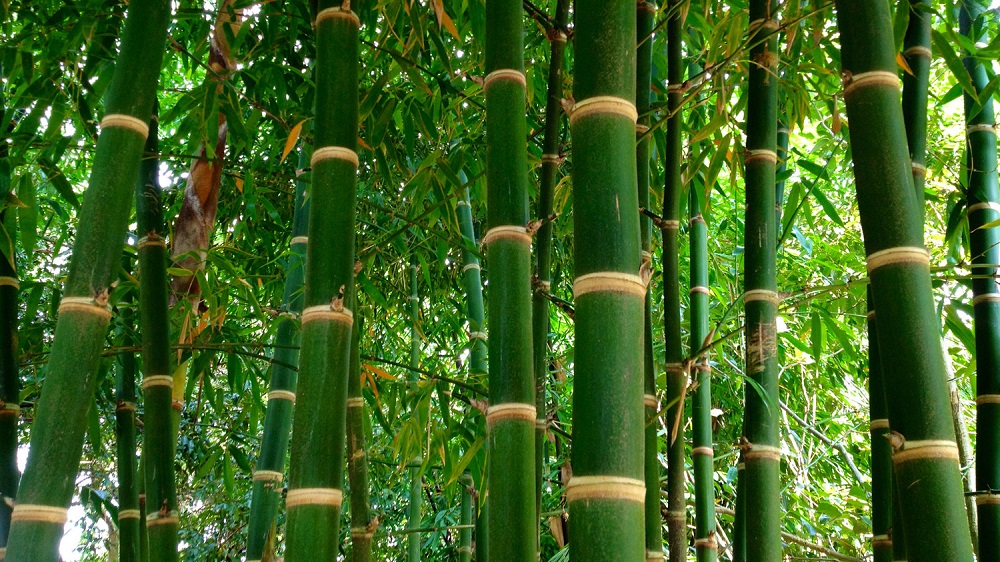
Image source: BambuBuild
This bamboo variety comes from Central and South America and needs tropical weather to grow. Green in color, the width of the stem is somewhat thick, they are of considerable height and the leaves grow between the furrows. After drying, it is widely used as a building material, and its excellent export comes from Peru and Venezuela.
Oryzoideae
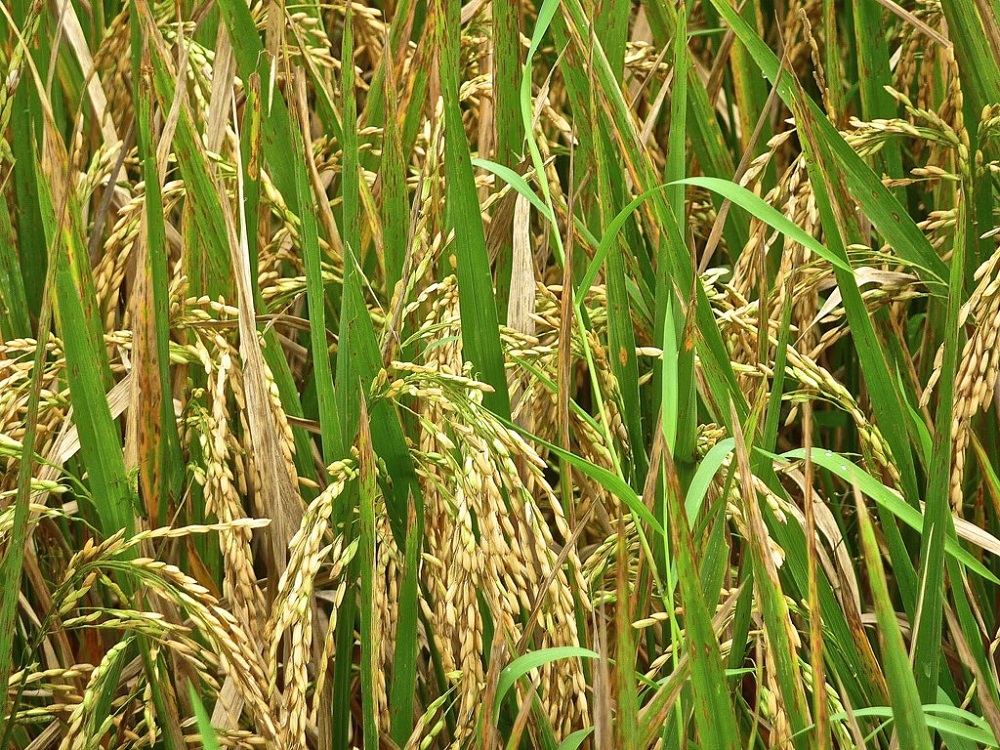
Image source: Richard Preston
We put a parenthesis to show that contrary to popular belief, this type of grass is not considered bamboo because it does not contain a number of key elements such as the six stamens, the three stigmas, the knots or the random inflorescence.
Phyllostachys aurea
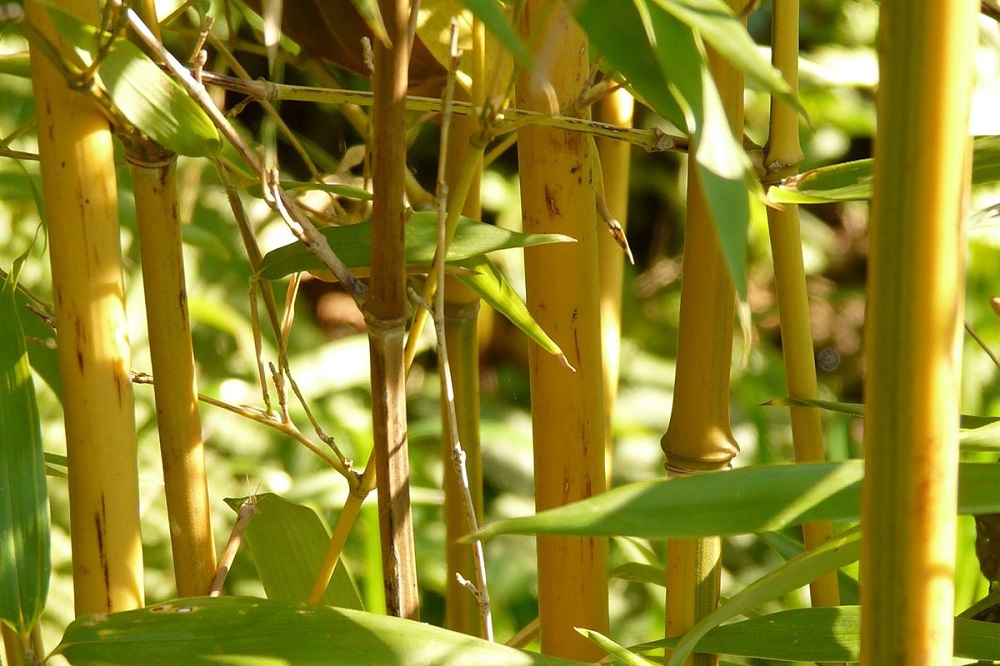
Image source: Bamboo plants HQ
This is the most common bamboo for ornamental gardens and a variant of the first bamboo mentioned in the list. Usually it is known as golden bamboo because of its yellow color. It can reach a height of up to 14 meters at a speed of 10 mm per day. The size of the stick is a bit thick and the leaves are a little yellowish.
Genus Dendrocalamus
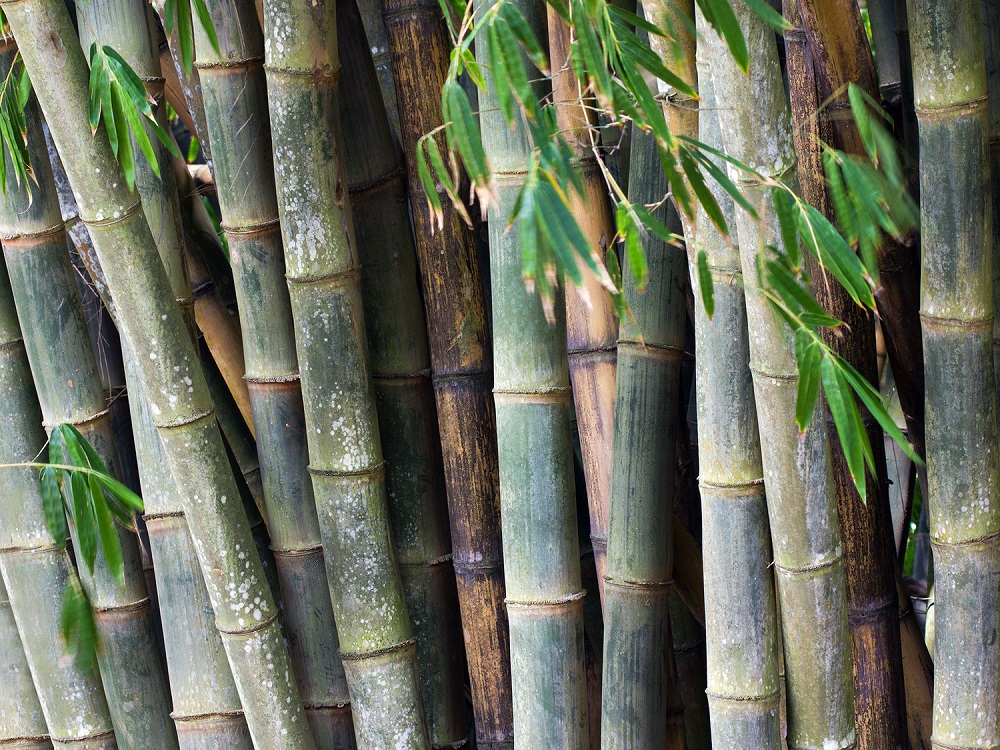
Image source: Guadua bamboo
It may not be the best thing you can have in a conventional garden, but it’s perfect for construction, thanks to its size, which is up to 40 meters (between 50 or 60 feet) tall with stems between 3 and 5 inches Diameter can reach. These are common in tropical areas and abound in Asia.
Neotropic wooden bamboos
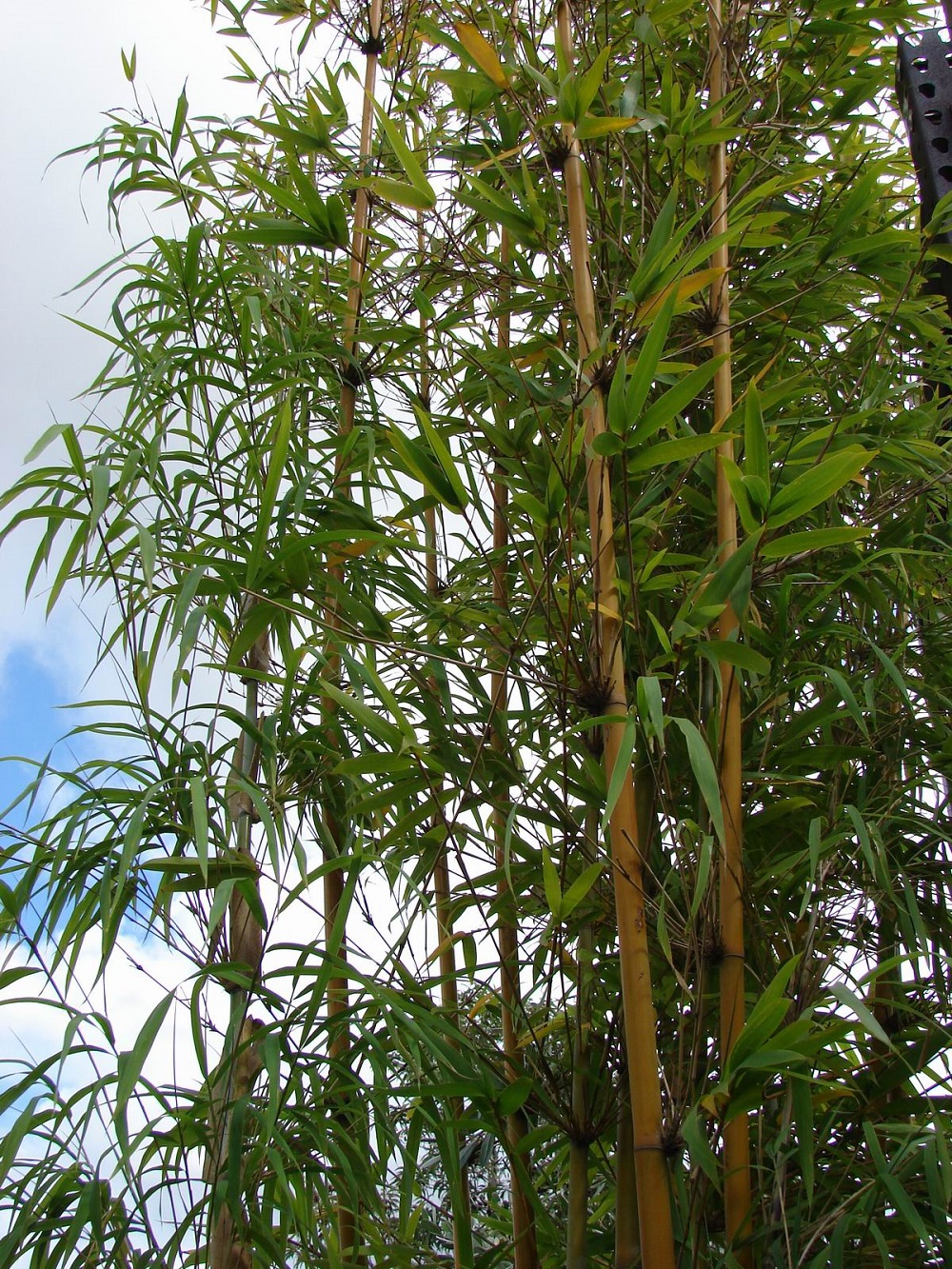
Image source: Bamboo plants HQ
This is another species that grows alongside some Caribbean islands, especially in Central and South America. This type of bamboo has a protective cover so that the sprouts can grow easily.
Sasa Palmata
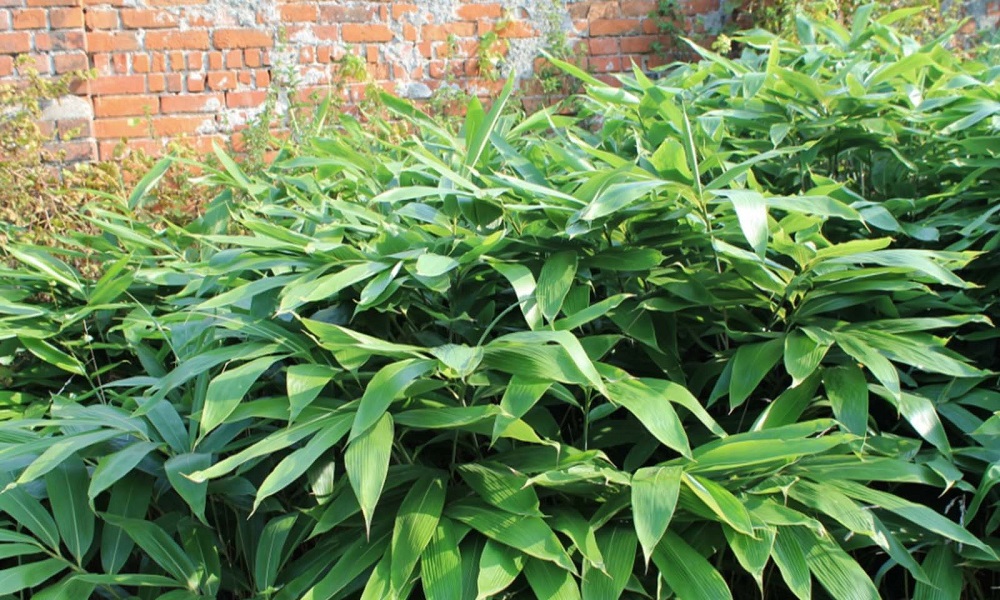
Image source: Garden plants
A bamboo with excellent decorative properties thanks to its reduced height (3 meters) and the size of the leaves. This type of bamboo occurs in Japan and its stem can withstand temperatures down to -18 degrees Celsius. The bulky leaves, 20-30 cm long and 5-7 cm wide, form a good shade.
Genus Bambusa
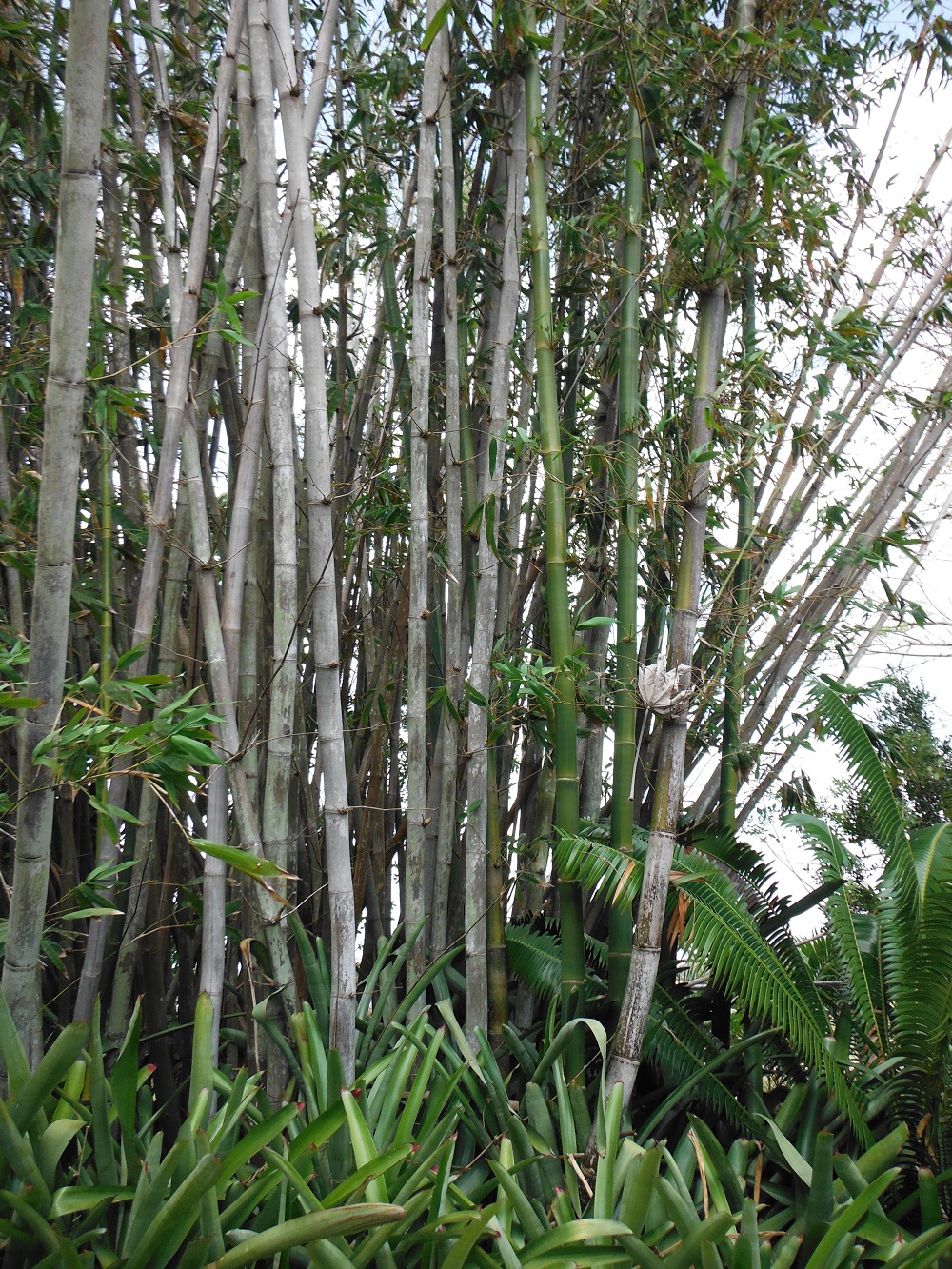
Image source: Richard Lyons Nursery, Inc.
This complete genus includes up to 100 different species, all of which have tropical climates and are mainly found in Asia and some Pacific islands. These fall into the category of pachymorphic bamboos, so that we have full control over their growth and their buds can also be included. One of the best known is the B. Oldhamii.
Phyllostachys Rubromarginata
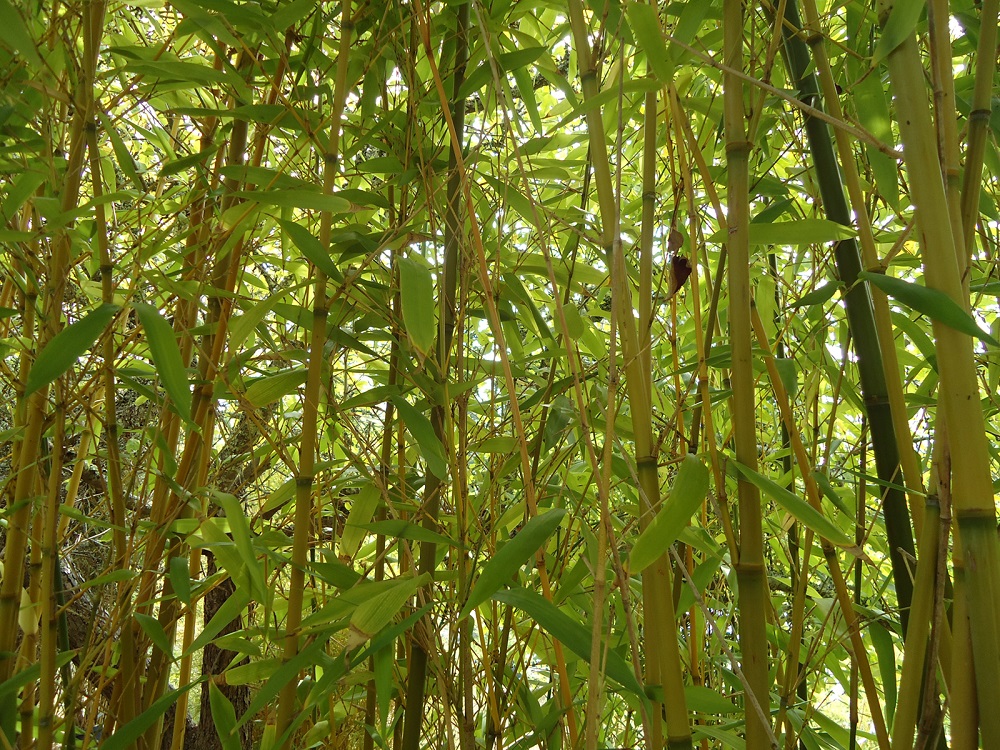
Image source: Bamboo sourcery
This bamboo is known as the Red Margin Bamboo because the red line covers the edges of the sheath that makes up the stem. It can reach a height of 30 meters in a very short time and is also extremely cold-resistant.
Phyllostachys aurea ‘Koi’
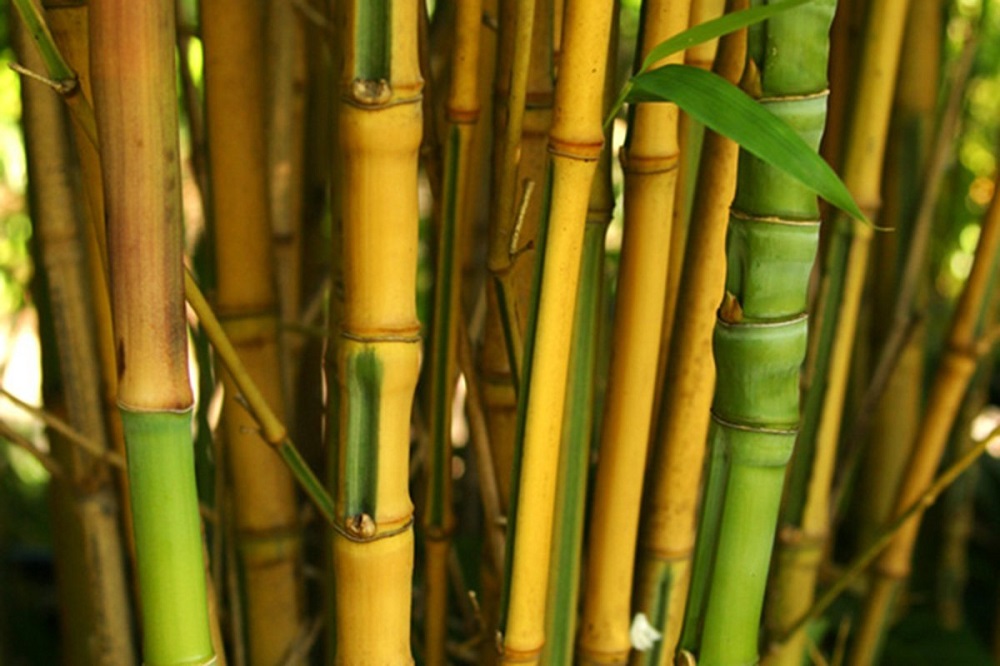
Image source: Bamboo plants HQ
Again, this is another variant of the golden bamboo, which we cannot avoid, however, as they are practically the best types of bamboo for decoration. In this case, the shaft has larger bumps in the grooves.
Phyllostachys Vivax Aureocaulis
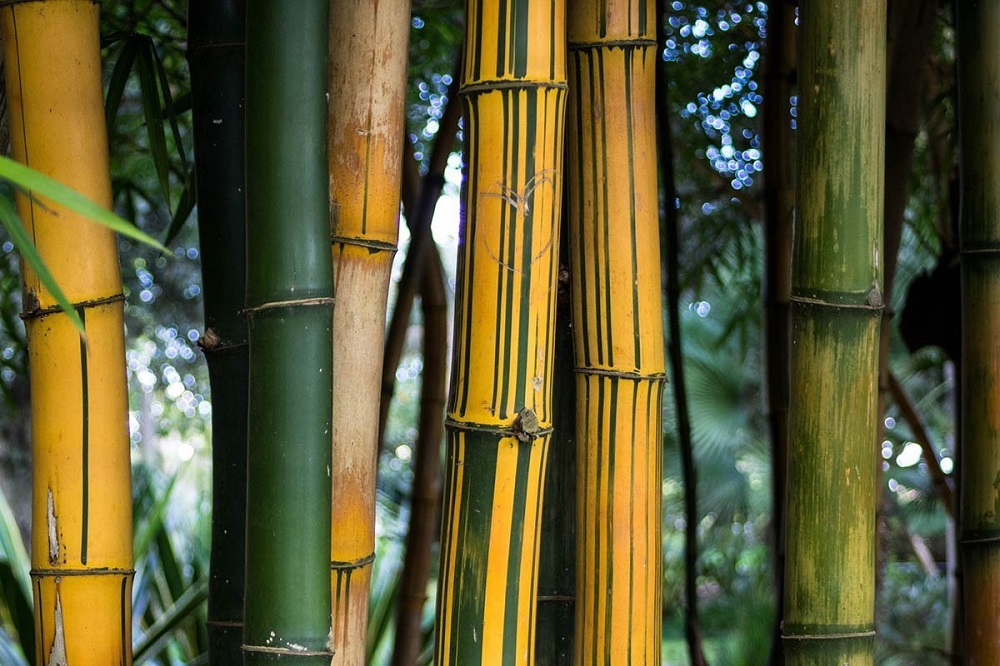
Image source: Bamboo plants HQ
In fact, we’ve completed the list with another yellow bamboo. This is better known as the Golden Chinese Timber Bamboo. These come from China and can grow up to 8 meters high and have leaves up to 20 cm long that clump together at the top.
Find your ideal bamboo
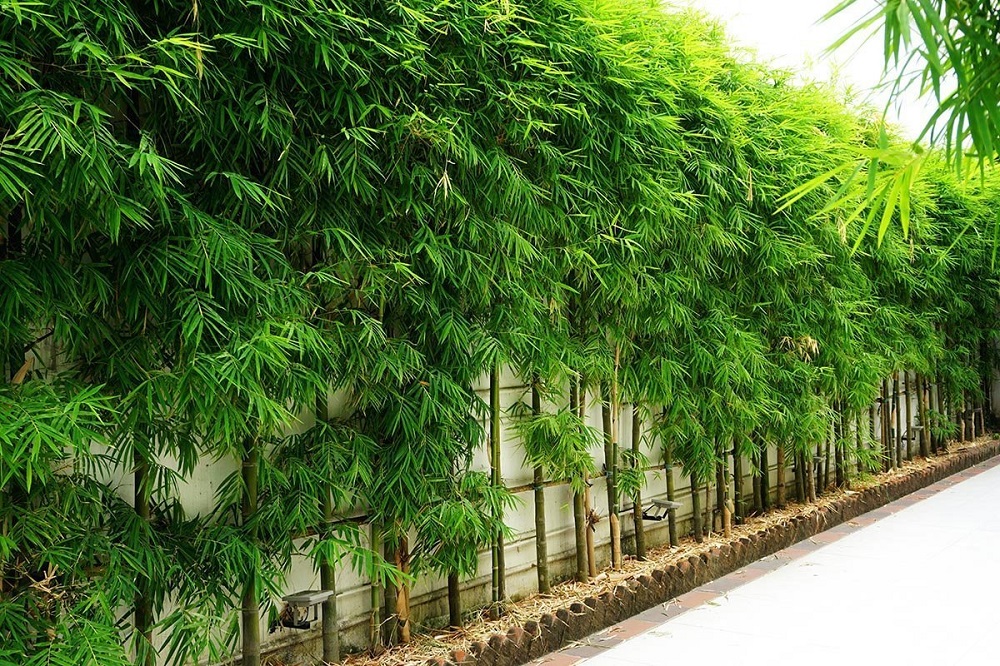
Image source: Bamboo plants HQ
We cannot complain about the number of options available for bamboo. It is almost impossible that there is no one that we like and that is easy to harvest.
Whether we are looking to decorate our garden or to carry out a craft, construction or culinary project, we can always rely on the properties of bamboo. Its colors are fascinating, its consistency and flexibility are unique in nature and its growing season makes it perfect for sowing everything we want.
Our only advice is that if you want to use it in the garden of your home, you need to constantly monitor its spread. Otherwise, it could result in a bamboo jungle that can easily break concrete walls and floors.
In addition to constant surveillance, we also need to install a fence of considerable depth to make it more difficult to spread underground.
If you enjoyed reading this article about the types of bamboo, you should also read these:
 TopsDecor.com Home Decor Ideas
TopsDecor.com Home Decor Ideas
